Healthy Perspectives October 2015
Practice Notes
Physician Reimbursement After the SGR Repeal
For years, physicians grumbled about the sustainable growth rate (SGR) formula used to calculate reimbursements. In April 2015, the SGR was replaced by the Medicare Access and CHIP Reauthorization Act (MACRA) of 2015, averting a projected 21.2% physician pay cut.
Going forward
Instead of the previous SGR formula based on the Medicare Physician Fee Schedule, beginning in the second half of 2015 physician payment rates will be updated 0.5% annually. This will continue for five years, through 2019. At that point, payment rates will be frozen for the next five years, from 2020 to 2025. In 2026, the rates will be updated either by 0.25% annually for providers participating in the Merit-Based Incentive Payment System (MIPS) or by 0.75% annually for providers participating in the Alternative Payment Models (APMs).
The SGR replacement law introduces two value-based payment tracks for physicians. Providers must choose one or the other. The MIPS program combines and replaces three current fee-for-service pay-for-performance initiatives:
1. The Physician Quality Reporting System (PQRS),
2. EHR Incentive Program, and
3. Physician Value-Based Modifier.
Starting in 2019, there will be only a single MIPS adjustment to physician payments.
4 measurement categories
The overall MIPS score will be a weighted result of four measurement categories:
1. Quality metrics will account for 50% of the total adjustment in 2019 before shrinking to 30% by 2021.
2. Resource use determines 10% of the adjustment in 2019 and then rises to 30% in 2021.
3. Clinical improvement will affect 15% of the total adjustment.
4. EHR use will influence another 25%.
The range of potential MIPS payment adjustments grows each year through 2022. In 2019, physicians could see adjustments ranging from -4% to +12%. By 2022, the possibilities expand to -9% and +27%.
Alternative payment models
The MACRA law allows providers participating in “Alternative Payment Models” (APMs) to opt out of MIPS. To qualify as an APM participant, physicians must satisfy increasing thresholds for the percentage of the revenue they receive through qualifying APMs.
During 2019 to 2020, at least 25% of Medicare revenue must be received through APMs. By 2021–2022, 50% of Medicare revenue, or 50% of all-payer revenue along with 25% of Medicare revenue, must be received through APMs. From 2023 and thereafter, APMs must be the source of 75% of Medicare revenue, or 75% of all-payer revenue along with 25% of Medicare revenue.
The financial incentive for taking on these revenue thresholds is an annual 5% lump sum bonus on physician fee schedule payments, available from 2019 to 2024.
Be in the know
With all of the upheaval due to the MACRA law, it’s critical that you work with your health care financial advisor.
© 2015
This material is generic in nature. Before relying on the material in any important matter, users should note date of publication and carefully evaluate its accuracy, currency, completeness, and relevance for their purposes, and should obtain any appropriate professional advice relevant to their particular circumstances.
Share Post:









